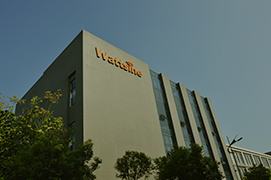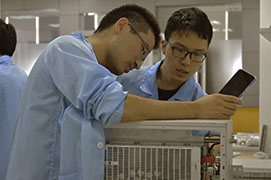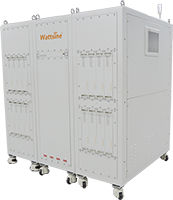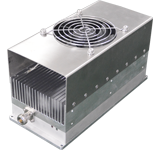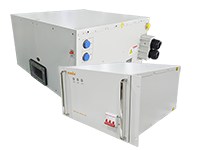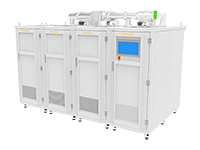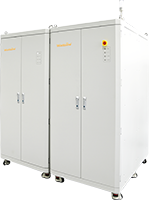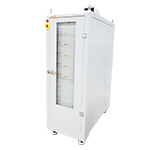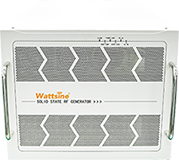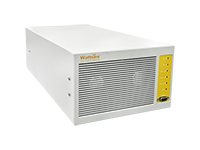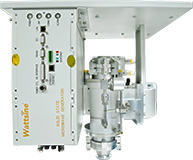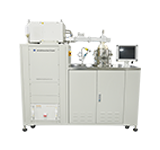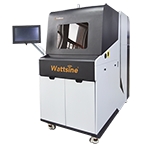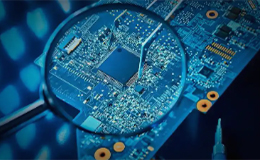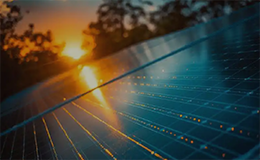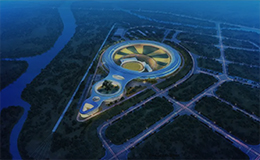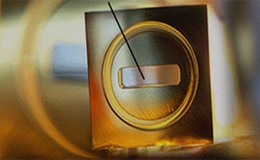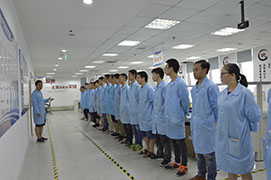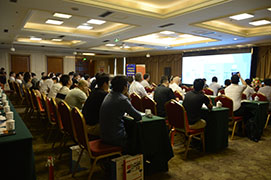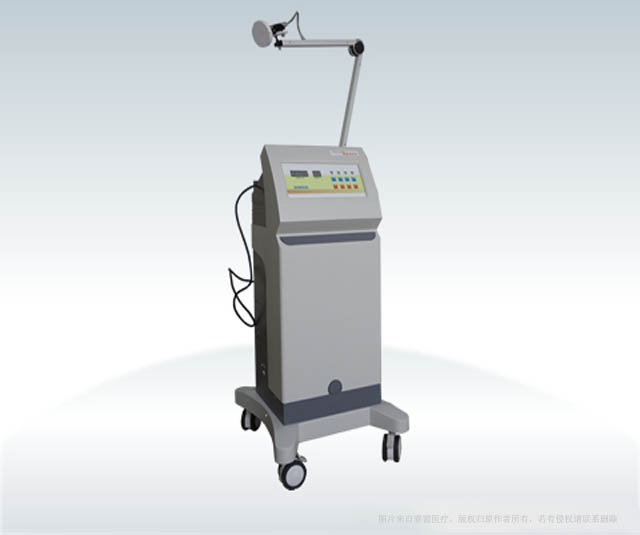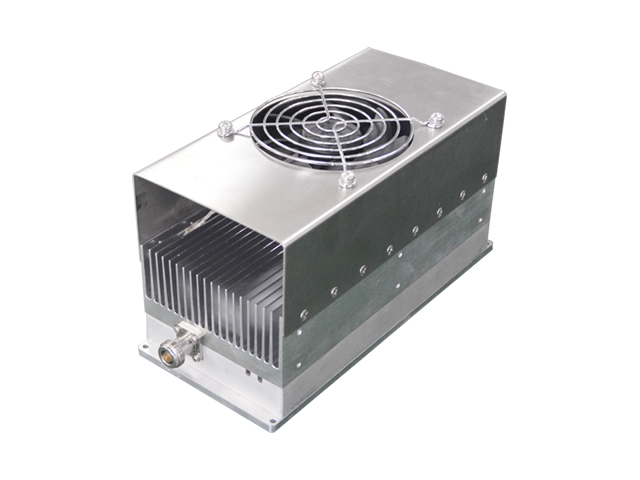Application Overview
Plasma beauty is an emerging beauty technology. Its principle involves the interaction of high-energy particles and active free radicals in plasma with skin tissue. These plasma particles can stimulate skin cell metabolism, promote collagen production, and improve skin texture and colour. To generate plasma, it is typically necessary to use a microwave source or radiofrequency power supply for excitation. Plasma at 13.56 MHz is radiofrequency plasma, while plasma at 2.45 GHz is microwave plasma.
Application Details
Plasma beauty is an emerging beauty technology. Its principle involves the interaction of high-energy particles and active free radicals in plasma with skin tissue. These plasma particles can stimulate skin cell metabolism, promote collagen production, and improve skin texture and colour.
There are three commonly used plasma excitation frequencies: plasma with an excitation frequency of 40 kHz is ultrasonic plasma: physical reaction; plasma with an excitation frequency of 13.56 MHz is radiofrequency plasma: physical reaction + chemical reaction; plasma with an excitation frequency of 2.45 GHz is microwave plasma: chemical reaction.
Advantages of radiofrequency-excited plasma
The application of radio frequency (RF) in plasma beauty devices is based on the characteristics of RF current.
RF current can penetrate skin tissue, causing polar molecules such as water molecules within the skin to rotate and vibrate at high speeds. This molecular movement generates heat, which in turn stimulates the contraction and regeneration of collagen in the skin. It is like a microscopic ‘heated dance party’ within the skin, with water molecules becoming active under the influence of RF current. When used for medical aesthetics, the frequency of the RF power source is typically set to 13.56 MHz, with its energy concentrated in the dermis layer of the skin. This heating process is relatively gentle and uniform.
The Advantages of Microwave-Induced Plasma
Microwaves (Microwave) utilise high-frequency electromagnetic waves to exert their effects. Microwaves cause molecules in the target material to polarise, and under the influence of the microwave electric field, the molecules continuously rearrange themselves, thereby generating heat or causing the material to ionise and form plasma.
The frequency range of microwaves is between 300MHz and 300GHz, which is higher than that of radiofrequency. When used in medical aesthetics, the frequency of the microwave source (microwave generator) is typically set to 2.45GHz.
The advantage of microwaves in plasma beauty devices lies in their ability to generate plasma more efficiently. Microwave sources can ionise specific gases in a short time, producing highly active plasma particles. Additionally, microwaves have strong penetration capabilities, enabling them to deliver energy to deeper layers of skin tissue. This not only stimulates collagen production but also promotes the release of active substances within skin cells, thereby improving the overall condition of the skin.
For applications in this field, Wattsine has developed a series of 2.45 GHz solid-state microwave source and 13.56 MHz radio frequency power supply product. Users can select the appropriate products based on their specific needs.
There are three commonly used plasma excitation frequencies: plasma with an excitation frequency of 40 kHz is ultrasonic plasma: physical reaction; plasma with an excitation frequency of 13.56 MHz is radiofrequency plasma: physical reaction + chemical reaction; plasma with an excitation frequency of 2.45 GHz is microwave plasma: chemical reaction.
Advantages of radiofrequency-excited plasma
The application of radio frequency (RF) in plasma beauty devices is based on the characteristics of RF current.
RF current can penetrate skin tissue, causing polar molecules such as water molecules within the skin to rotate and vibrate at high speeds. This molecular movement generates heat, which in turn stimulates the contraction and regeneration of collagen in the skin. It is like a microscopic ‘heated dance party’ within the skin, with water molecules becoming active under the influence of RF current. When used for medical aesthetics, the frequency of the RF power source is typically set to 13.56 MHz, with its energy concentrated in the dermis layer of the skin. This heating process is relatively gentle and uniform.
The Advantages of Microwave-Induced Plasma
Microwaves (Microwave) utilise high-frequency electromagnetic waves to exert their effects. Microwaves cause molecules in the target material to polarise, and under the influence of the microwave electric field, the molecules continuously rearrange themselves, thereby generating heat or causing the material to ionise and form plasma.
The frequency range of microwaves is between 300MHz and 300GHz, which is higher than that of radiofrequency. When used in medical aesthetics, the frequency of the microwave source (microwave generator) is typically set to 2.45GHz.
The advantage of microwaves in plasma beauty devices lies in their ability to generate plasma more efficiently. Microwave sources can ionise specific gases in a short time, producing highly active plasma particles. Additionally, microwaves have strong penetration capabilities, enabling them to deliver energy to deeper layers of skin tissue. This not only stimulates collagen production but also promotes the release of active substances within skin cells, thereby improving the overall condition of the skin.
For applications in this field, Wattsine has developed a series of 2.45 GHz solid-state microwave source and 13.56 MHz radio frequency power supply product. Users can select the appropriate products based on their specific needs.

